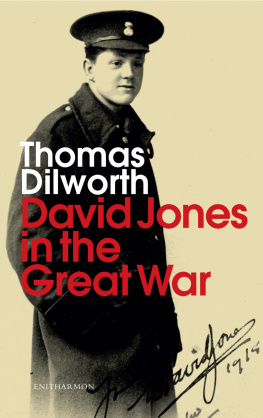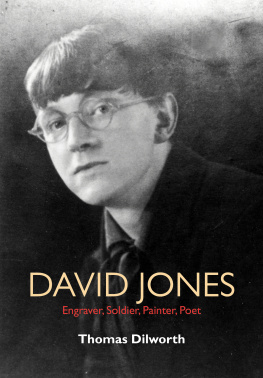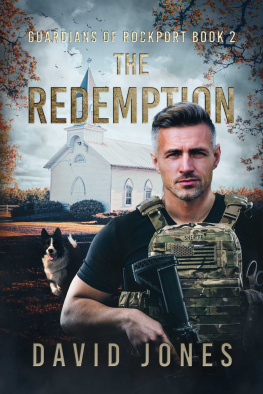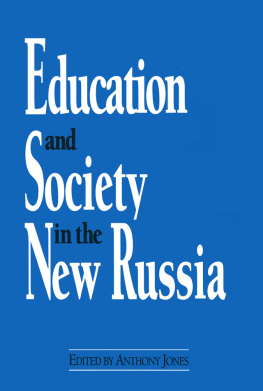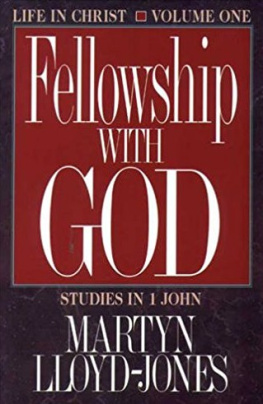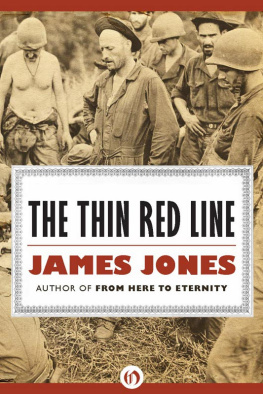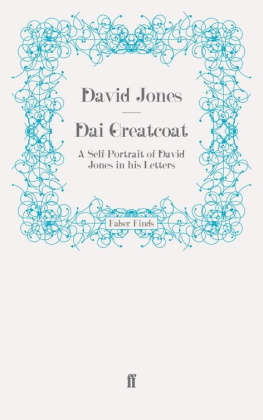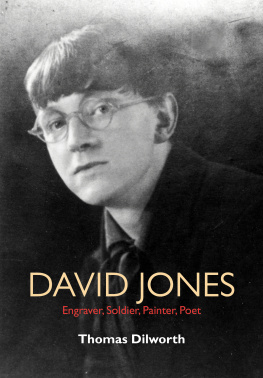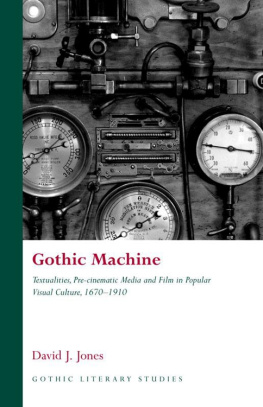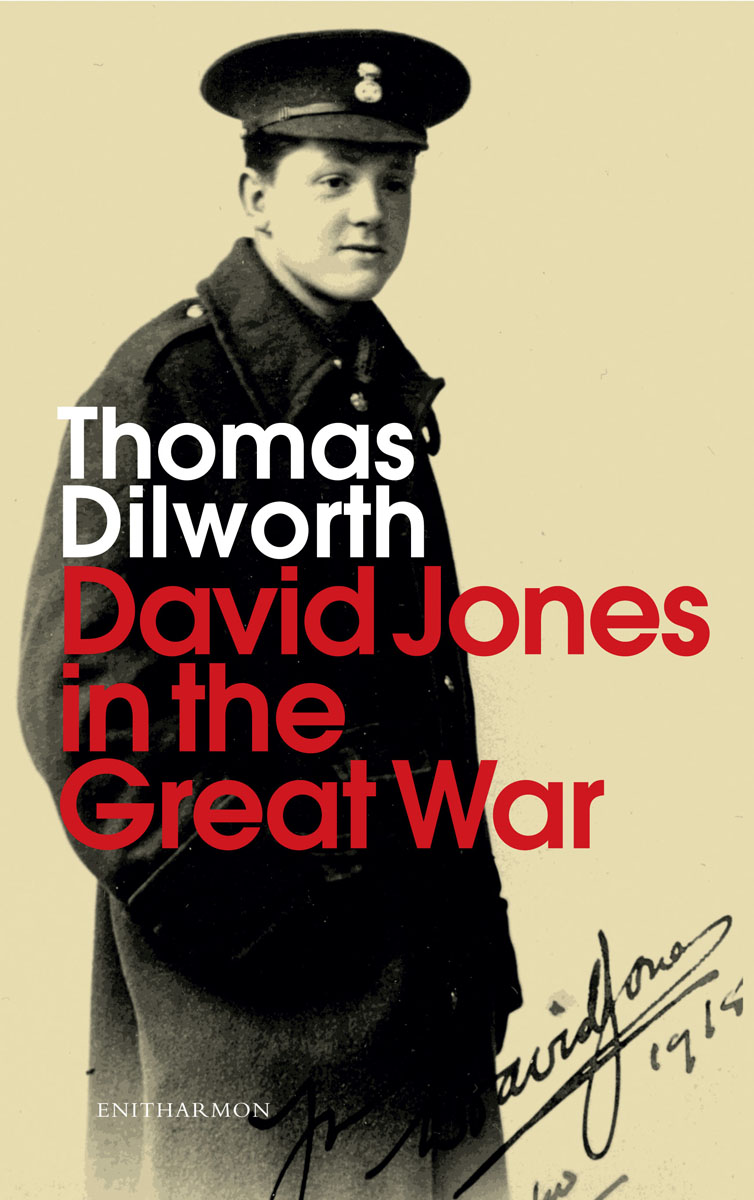
DAVID JONES
David Jones (18951974) was born and brought up in Brockley, then in Kent, south-east of London. At fourteen, he began studying at the Camberwell School of Arts and Crafts. During the Great War, he served for four years as a private, mostly with the London Welsh battalion of the Royal Welch Fusiliers. After the war, he resumed studying art, entered the Catholic Church in 1921, and became a close friend of the sculptor Eric Gill. In 1928 he began exhibiting with the Seven and Five Society in London. He was one of the foremost engravers and painters in England when in 1928 he began writing his first poem, In Parenthesis (1937), an epic based on his experience in the trenches. Its completion was delayed by a nervous breakdown in 1932 caused partly by his experiences in combat. After a second breakdown in 1948, he wrote The Anathemata (1952), a multi-voiced, epic-length, symbolic anatomy of western culture. Epoch and Artist (1959), a collection of his essays on art and culture that make explicit the original theory of culture informing his poetry. In his later years, suffering from depression and living and working in a series of rented rooms in London and Harrow, he painted important works, whose subjects include figures from myth and legend and flowers in glass chalices, and he painted lettered inscriptions. He was poor but beloved of many friends and received a steady stream of visitors. At the end of his life he published The Sleeping Lord (1974), containing his most accessible, mid-length poems.
THE AUTHOR
Thomas Dilworth is a Professor in the English Department at the University of Windsor, Ontario; a Killam Fellow; and a Fellow of the Royal Society of Canada. He has published widely on Modern literature and Romantic poetry and is the author of Reading David Jones (2008) and The Shape of Meaning in the Poetry of David Jones (1988), which won the British Council Prize in the Humanities. He edited Joness illustrated Rime of the Ancient Mariner (2005), Joness Wedding Poems (2002), and Inner Necessities: the Letters of David Jones to Desmond Chute (1984). He is publishing critical introductions and afterwords for bilingual (English/French) editions of The Anathemata, The Sleeping Lord and The Ancient Mariner and is currently writing Joness biography. He co-edited The Letters of Gertrude Stein and Virgil Thomson: Composition as Conversation (2009). His recent poetry has appeared in The Common Sky, Notre Dame Review, Rampike, Salmagundi, Ontario Review, Poetry (Chicago), and Windsor Review.

First published in 2012
by Enitharmon Press
26B Caversham Road
London NW5 2DU
www.enitharmon.co.uk
Distributed in the UK by
Central Books
99 Wallis Road
London E9 5LN
Distributed in the USA and Canada
by Dufour Editions Inc.
PO Box 7, Chester Springs
PA 19425, USA
Main text Thomas Dilworth 2012
David Joness texts and images Estate of David Jones 2012
ISBN: 978-1-907587-24-5
Enitharmon Press gratefully acknowledges a publishing grant for this title from the Welsh Books Council, and the financial support of Arts Council England through Grants for the Arts.
British Library Cataloguing-in-Publication Data.
A catalogue record for this book is available from the British Library.
Designed in Albertina by Libanus Press and printed in England by
Antony Rowe Ltd
Frontispiece: David Jones in 1915
In memory of Thomas Murphy Dilworth, expelled from the US Naval Air Force for barnstorming by Admiral Chester Nimitz, who suppressed his records so that he could re-enlist as a pilot in the Eighth Air Force, in which he flew B-24 bombers and, against long odds, survived thirty missions and three crash landings to help raise seven children and die in bed in his ninety-third year.
For his granddaughters Alison, Molly and Christine and great-grandson Zachary, for his youngest son, Mike, who loves military history, and
for William Blissett, who in 1969 in his fourth-year seminar on the literature of the Great War devoted an entire semester to In Parenthesis.
CONTENTS
LIST OF ILLUSTRATIONS
Ownership of the images listed below is designated as follows: IWM (Imperial War Museum), NLW (National Library of Wales), NMW (National Museum of Wales), RWF (Regimental Museum of the Royal Welch Fusiliers), and T (Trustees of the Estate of David Jones). Copyright for all David Joness visual art belongs to the Trustees.
CHAPTER 1
CHAPTER 2
CHAPTER 3
CHAPTER 4
CHAPTER 5
CHAPTER 6
CHAPTER 7
CHAPTER 8
CHAPTER 9
ACKNOWLEDGEMENTS
The trustees of David Joness estate gave generous permission to publish Joness pictures and selections from his unpublished manuscripts. William Blissett introduced me to Joness writing and then to the writer. Joness close friends Tom Burns, Harman Grisewood and Stanley Honeyman, and his oldest friends, Philip Hagreen, Jim Ede and Petra Tegetmeier, were my most important living sources. Others who shared memories or gave access to letters are Julian Asquith, Sarah and Maurice Balme, David Blamires, William Blissett, Morag Bulbrook, Solange Dayras, Bee Dufort, Mollie Elkin, Arthur Giardelli, Nicolete Gray, Ren and Joan Hague, Ernest Hawkins, Paul Hills, Edward Hodgkin, Colin Hughes, Tony Hyne, Kathleen Lockitt, John Montague, Peter Orr, David Poulter, Nancy Sandars, Richard Shirley-Smith, Elizabeth and Christopher Skelton, Janet Stone, Tony Stoneburner, Colin Wilcockson, Juliet Wood, Stella Wright and Valerie Wynne-Williams. Tony Stoneburner gave me access to notes on conversations with Jones. Honeyman and Michael Snapes answered military questions. To Honeyman especially but also to others listed here and to their spouses I am indebted for kindness, hospitality, and encouragement as I am also to the poet and editor Robin Robertson, who read much of this book and suggested improvements. So did Wilcockson and Blissett. Stephen Stuart-Smith, Peter Target and Tom Durham helped with final corrections, and Stuart-Smith, with the typographer Michael Mitchell, saw to the printing of text and pictures with the care and high standards typical of Enitharmon Press.
I received information or photographs from Joness trustees and Peter Chasseaud, Derek Shiel and John Skelton. Nicholas Elkin supplied photographs of drawings. Huw Ceiriog Jones helped in many ways, as did Daniel Huws and Philip Davies in the late 1980s at the National Library of Wales. In its collection are most of Joness manuscripts, papers and books. The letters to Jim Ede are at Kettles Yard in Cambridge, those to Harman Grisewood at the Beinecke Library at Yale, those to Ren Hague at the University of Toronto Fisher Rare Book Library, those to Kenneth Clark, Peter Levi and Janet Stone at the Bodleian in Oxford, and those to Helen Sutherland are in the Tate Gallery Archive. Audio recordings of my interviews are in the Kelly Library, St Michaels College, University of Toronto. The most important published biographical sources are Dai Greatcoat, edited by Hague (1980), and Blissetts The Long Conversation (1981). Colin Hughess The Man Who Was on the Field: In Parenthesis as Straight Reporting (1979) recounts the experience of Jones in his battalion during the months culminating in the Battle of the Somme. While indebted to these works, I chiefly use unpublished sources, mainly letters, battalion diaries and tape-recorded interviews.
Next page
